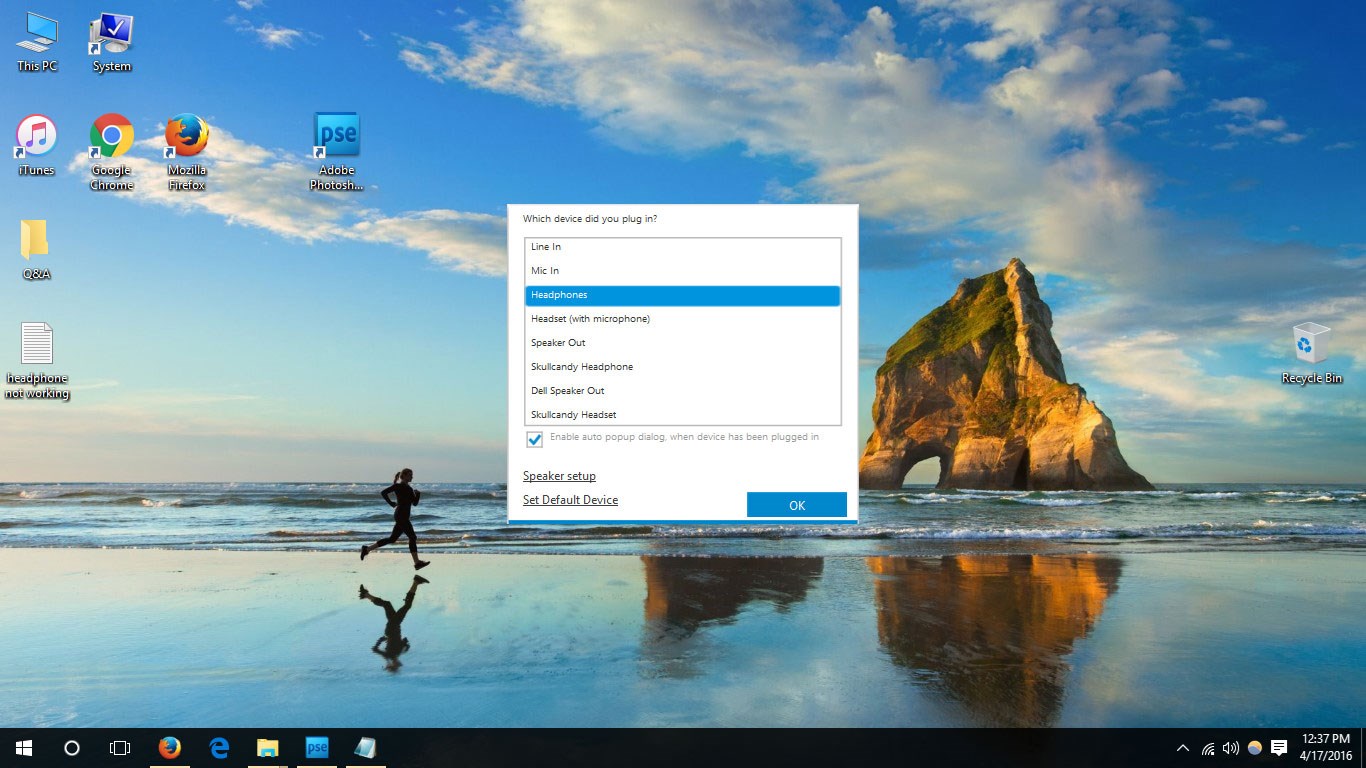

While you won’t blow up your device from plugging in the wrong charger, you can blow up your phone, Nintendo Switch, or other device by using the wrong USB-C cable.
Which device did plug in drivers#
In some (much older) cases, USB devices can only be charged by computers with specific drivers installed, but this is now going back nearly two decades.
Which device did plug in Pc#
It might only work with old-school, original (500mA) USB 1.0 and 2.0 PC ports. If you have an older product, however, it probably won’t work with USB ports that employ the Battery Charging Specification. If you have a modern USB device, you should be able to plug into a high-amperage USB port and enjoy faster charging.

Shortly thereafter, USB devices that implemented this spec started to arrive. Way back in 2007, the USB Implementers Forum released the Battery Charging Specification, which standardized faster ways of charging USB devices, either by pumping more amps through your PC’s USB ports or by using a wall charger. The longer answer is that the age of your device plays an important role, dictating both how fast it can be charged, and whether it can be charged using a wall charger at all. USB 3.2 does not change these aspects of the standard. It also supports a power draw of 1.5A and 3A over the 5V bus. USB 3.1 bumps throughput to 10Gbps in what’s called SuperSpeed+ mode, bringing it roughly equivalent to first-generation Thunderbolt. The charging downstream and dedicated charging ports provide up to 1,500mA (1.5A). In the USB 1.0 and 2.0 specs, a standard downstream port is capable of delivering up to 500mA (0.5A) with USB 3.0, it moves up to 900mA (0.9A). The first two can be found on your computer (and should be labeled as such), and the third kind applies to “dumb” wall chargers. In terms of actual current (milliamps or mA), there are three kinds of USB ports dictated by the current specs: a standard downstream port, a charging downstream port, and a dedicated charging port. USB 3.0 ports add an additional row of five pins, so USB 3.0-compatible cables have nine wires. The inside pins carry data (D+ and D-), and the outside pins provide a 5-volt power supply. Up to DisplayPort 2.0 is supported via alt mode, DP1.4 is supported via tunneling.Ī regular USB 1.0 or 2.0 socket has four pins, and a USB cable has four wires. Nominal data rates on USB4 are 20Gbps and 40Gbps. Support for USB Power Delivery is now mandatory and the standard now allows for DisplayPort and PCI Express tunneling. USB4 requires USB-C, while previous standards merely made it an option. The descriptions below apply to all versions of USB currently in use, including USB4, 3.0, 3.1, 3.2, and their various sub-standards (1×2, 2×2, etc). Power always flows from the host to the device, although data can flow in both directions, such as when you copy files back and forth between your computer and your phone. In almost every case, your PC is the host, and your smartphone, tablet, or camera is the device. In a USB network, there is one host and one device. Separately from that, there’s USB-C, which is a physical connection standard that devices can use. USB 1.0 is old enough that you’ll virtually never see it, so USB2-USB4 covers the spectrum for most people. There are now six USB specifications - USB 1.0, 2.0, 3.0, 3.1, 3.2, and USB4. It turns out there’s a method to all this madness - but first, we have to explain how USB power actually works. On some desktop PCs, even when they’re turned off, you can charge your smartphone via a USB socket. Sometimes, one USB socket on a laptop is seemingly more powerful than the other. You’ve probably noticed that some wall chargers are stronger than others.

Not all USB chargers, connectors, and cables are born equal.


 0 kommentar(er)
0 kommentar(er)
